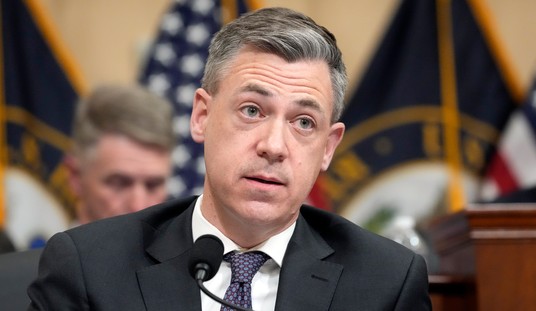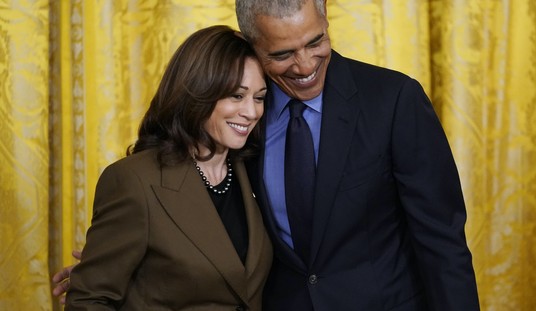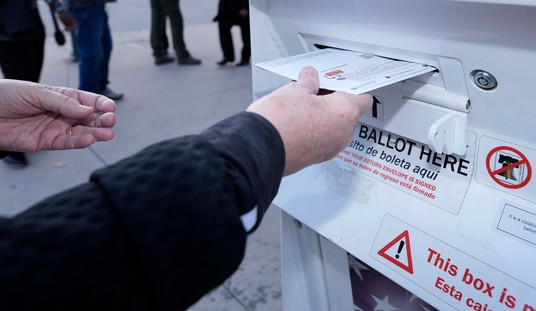The initial reports are coming out on what Trump’s first President’s Budget looks like:
President Trump will instruct federal agencies on Monday to assemble a budget for the coming fiscal year that includes sharp increases in Defense Department spending and drastic enough cuts to domestic agencies that he can keep his promise to leave Social Security and Medicare alone, according to four senior administration officials.
The budget outline will be the first move in a campaign this week to reset the narrative of Mr. Trump’s turmoil-tossed White House.
A day before delivering a high-stakes address on Tuesday to a joint session of Congress, Mr. Trump will demand a budget with tens of billions of dollars in reductions to the Environmental Protection Agency and State Department, according to four senior administration officials with direct knowledge of the plan. Social safety net programs, aside from the big entitlement programs for retirees, would also be hit hard.
Preliminary budget outlines are usually little-noticed administrative exercises, the first step in negotiations between the White House and federal agencies that usually shave the sharpest edges off the initial request.
But this plan — a product of a collaboration between the Office of Management and Budget director, Mick Mulvaney; the National Economic Council director, Gary Cohn; and the White House chief strategist, Stephen K. Bannon — is intended to make a big splash for a president eager to show that he is a man of action.
There is a substantial amount of truth in here. This is just the first stage of the administration’s budget process before real negotiations with Congress start. This budget will be sent to agencies. Agencies will sent back their objections, called a passback, this will include dire predictions of Armageddon and Apocalypse if they lose so much as a dollar of their planned budget increase. More negotiations will ensue and, if history is a judge, the agency will be funded at last year’s level of funding plus the rate of inflation. Then Congress will add on more money.
This time, however, some programs are hit pretty heavily.
Via Bloomberg:
A small, efficient, 40-year-old program to provide legal aid to middle- and low-income clients in civil proceedings is facing the budget ax, according to a New York Times report on the early stages of the Trump administration’s internal budget planning.
The cut would hardly lighten taxpayers’ burden — even at $375 million last year, the Legal Services Corporation (LSC) was roughly one one-hundredth of one percent of total federal spending — but would make life significantly harder for people who can’t afford to hire a fancy lawyer with their own money.
Via Axios
One budget we’ll be watching especially closely is the EPA ,which is the leading edge of the first wave of Trump’s planned “deconstruction of the administrative state.” Expect massive, transformational cuts, particularly to climate-change programs, top officials tell us.
Via Reuters
A second official said the State Department’s budget could be cut by as much as 30 percent, which would force a major restructuring of the department and elimination of programs.
Trump misunderstands diplomacy. His budget will slash the State Dept, pump $ into Defense; the former is crucial to avoid needing the latter
— Brian Klaas (@brianklaas) February 27, 2017
Yeah, because our focus on gender equality has kept us safe.
And, of course, no Donald Trump story would be complete without a healthy dose of #FakeNews
https://twitter.com/joshgreenman/status/834038802050117633
The actual story is a lot different:
In putting together their budget plans, White House officials are operating under the assumption that the rate of the United States’ economic growth this year will be 2.4 percent, according to one person who has been briefed on the matter. That is slightly ahead of current projections, but it is well below the 3 percent to 4 percent growth that Mr. Trump promised during the campaign.
Of course, we don’t know how Shep Smith would classify this, it may be merely “false but true.”
On the whole this is a good start. We’d be much farther ahead in trying to get the federal budget under control if we could just eradicate the myriad small programs that skate by year after year because their supporters say “they are ONLY $375 million, cutting them won’t fix the budget.” Once we’ve gotten rid of this crap it is much easier to bring people to the table on substantive cuts.












Join the conversation as a VIP Member